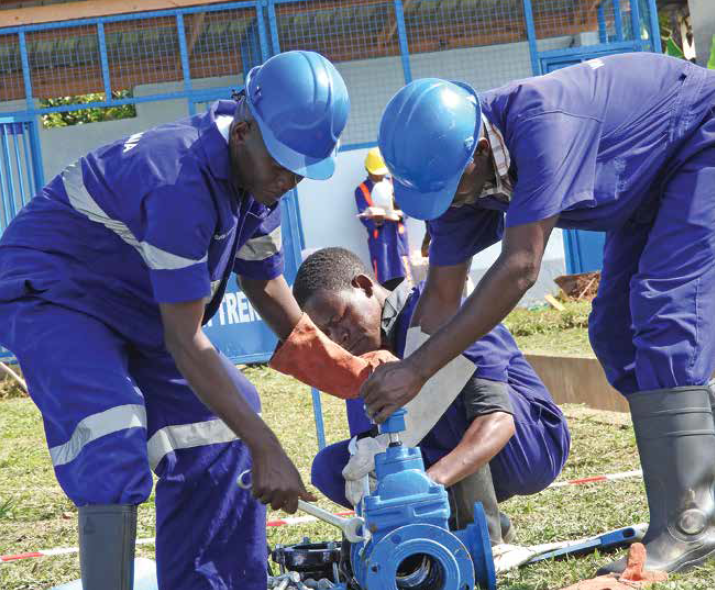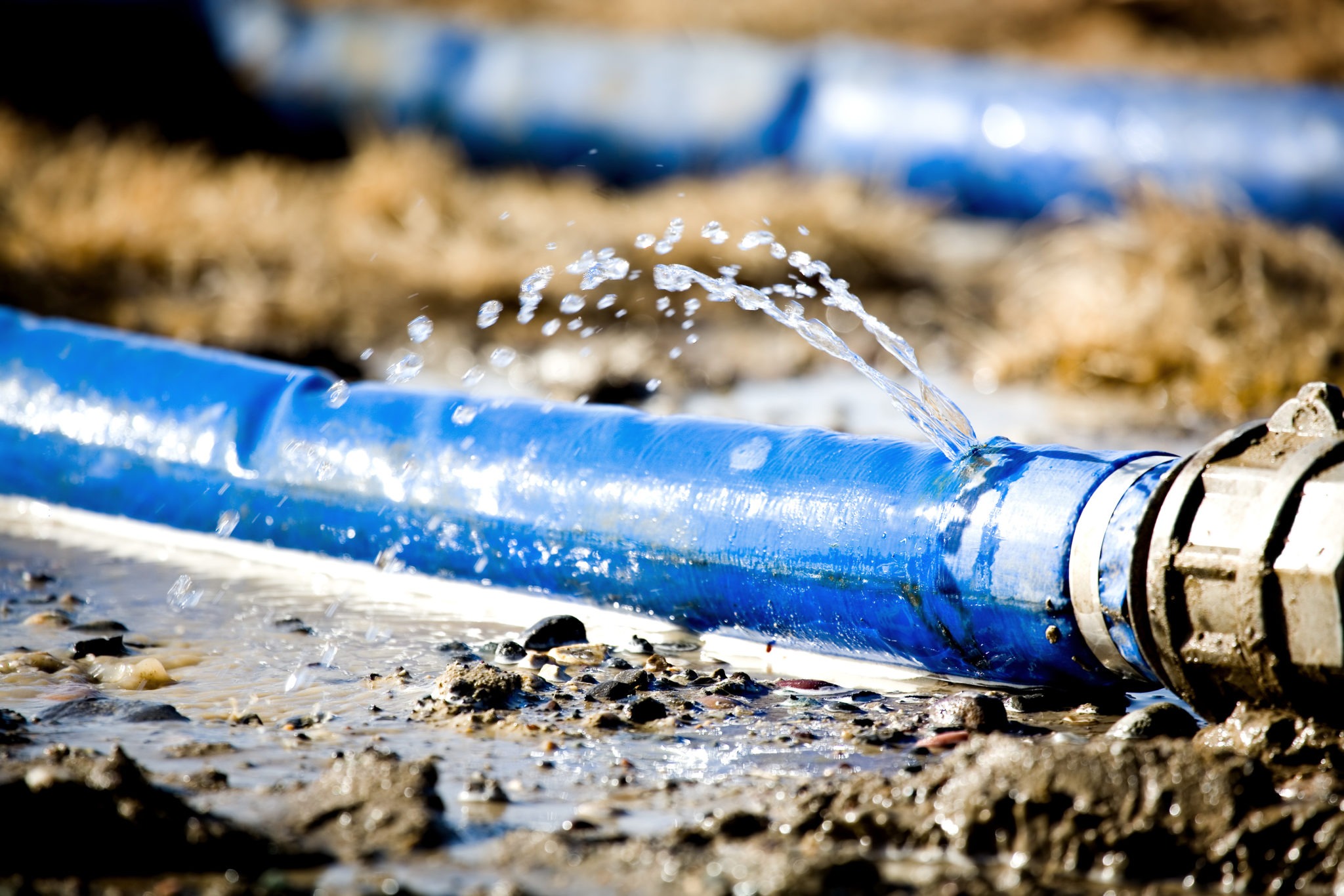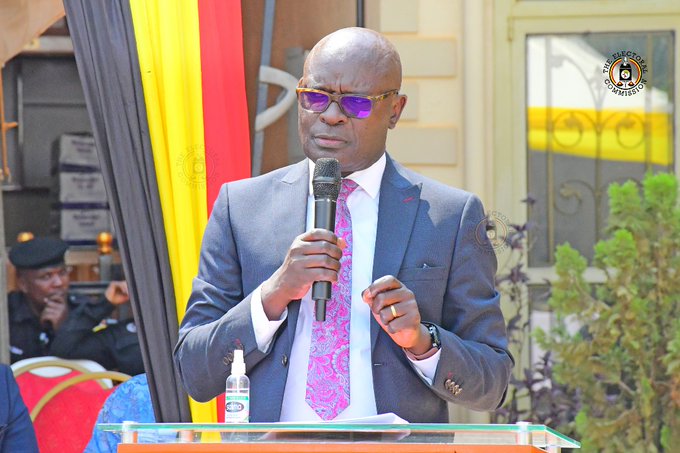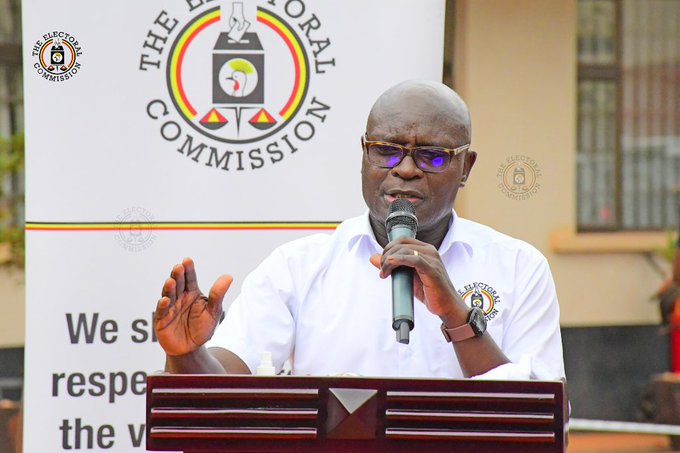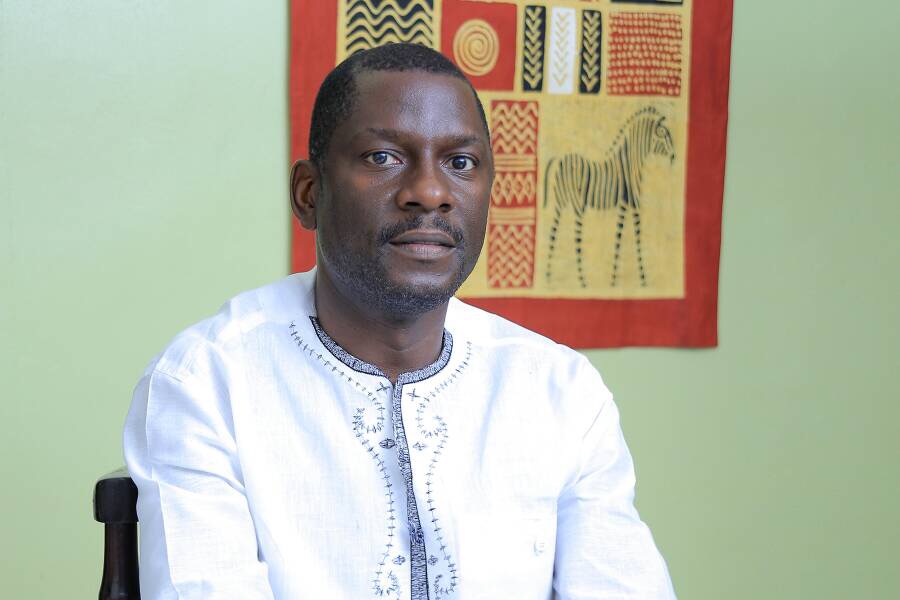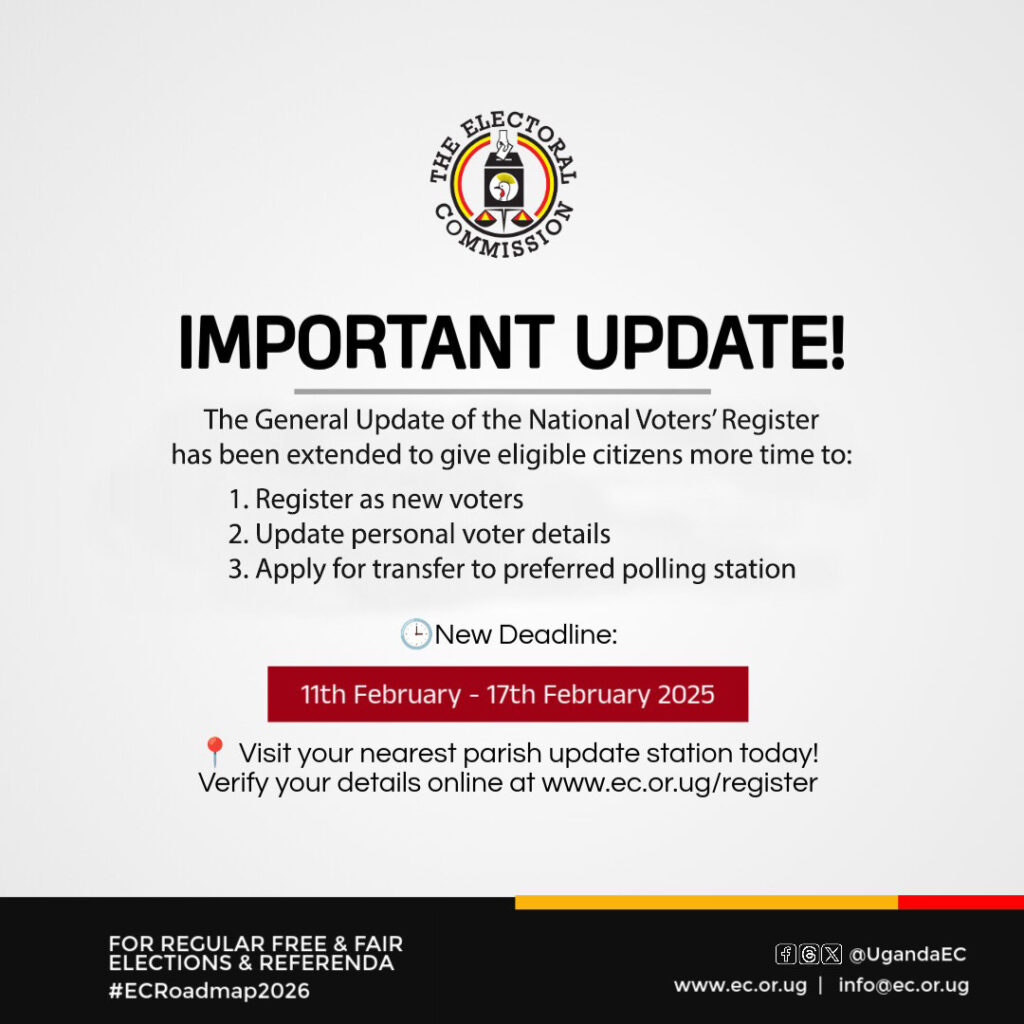Kampala, Uganda — Lately, the Ugandan government has turned the heat on what it calls parasitic agencies that do not return a profit for the heavy investment allocated to them, annually.
Top on the list are agencies like the Ugandan National Roads Authority (UNRA) and the Uganda Coffee Development Authority (UCDA).
In three strong missives on X over the weekend, President Yoweri Museveni repeatedly vouched for their rationalization with their mother ministries arguing the government needs to cut wastage.
However, the National Water and Sewerage Corporation (NWSC) has achieved remarkable growth in its water production capacity over the last decade, it is meeting the rising demands of Uganda’s fast-growing population and increasing urbanization.
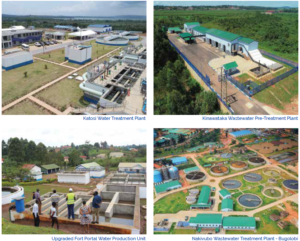
A recent report presented at the NWSC Baraza (open forum discussion) revealed that the utility’s daily water output has more than doubled, rising from 276 million cubic meters per day (m³/day) in 2013 to 730 million m³/day in 2024, marking an impressive 85% increase.
Our Research Finds News (RFN) Team which attended the NWSC Baraza was made to understand that this growth is the result of strategic investments in water infrastructure, including the construction of new treatment plants and the enhancement of existing facilities.
The major projects, such as the Katosi Water Treatment Plant and the upgrades to the Gaba I & II treatment plants, have not only boosted water production but also improved service quality across urban and semi-urban regions.
NWSC’s expanded capacity now supplies clean water to 18 million people, a significant increase from the 2.9 million people served in 2013. This expansion aligns with the corporation’s goal to achieve universal access to safe, reliable water in Uganda, supporting the nation’s commitment to Sustainable Development Goal 6 (SDG 6).
Deputy Managing Director for Technical Services, Eng. Amayo Johnson emphasized NWSC’s ongoing dedication to scaling up water infrastructure to meet the water needs of Uganda’s rapidly urbanizing population.
“By 2029, NWSC aims to further increase its production capacity to support an estimated population of 25 million,” he told the gathering.
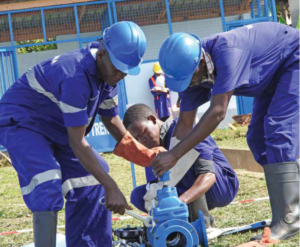
As projects like the Integrated Water Management and Development Project (IWMDP) Gulu-Karuma Transmission Mains and the Adjumani Water Supply and Sanitation Project are near completion, NWSC is set to expand its reach even further, particularly in underserved regions.
“These developments reflect NWSC’s commitment not only to increasing water production but also to building resilience against challenges such as climate change and growing urban water demands,” he added.
The NWSC Corporate Plan
This remarkable achievement has been attributed to the NWSC’s faithful implementation of its ambitious Corporate Plan for 2024-2027.
This 10th iteration of the Corporate Plan emphasizes increasing water access, improving service reliability, and strengthening financial sustainability in alignment with the national Vision 2040, the Sustainable Development Goals (SDG No. 6), and Uganda’s National Development Plan III (2020-2025).
With Uganda’s population growing rapidly and urbanization driving higher demands, the NWSC’s plan underlines the utility’s mission to meet these challenges while adapting to environmental and technological changes.
For example, over the next three years, NWSC aims to boost its customer base from 950,000 to 1,135,000 connections, a 19% increase, while reaching 22.6 million people, up from the current 19 million.
Its financial goals also form a central part of the plan, with an annual turnover increase targeted from UGX 642.8 billion to UGX 702 billion.
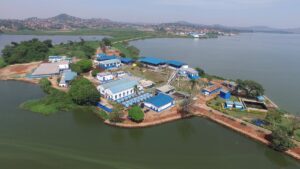
The NWSC also plans to raise its asset base from UGX 4.5 trillion to UGX 5.1 trillion, highlighting its long-term commitment to Uganda’s socio-economic development.
In his introductory message for the corporate plan, Dr. Silver Mugisha, Managing Director of NWSC, emphasized the need for efficient service delivery, stating, “We are committed to improved customer experience, reliable water and sewerage services, and ensuring that our customers directly benefit from the corporation’s efficiency gains.”
Critical Challenges being addressed
Reducing non-revenue water, or water lost due to leaks, theft, and metering inaccuracies, is a critical challenge for NWSC.
However, the utility has managed to reduce these losses from 36% to 34% over the 2021-2024 period and now aims to further reduce this to 31% by 2027. The Corporate Plan details a robust approach to this issue through advanced technological solutions and enhanced monitoring systems.
Other notable accomplishments from the previous plan include raising the customer satisfaction index to 80%, up from the minimum target of 70%, and boosting staff engagement from 50% to 80%.
Recognizing the evolving challenges of water management, the NWSC’s strategic goals also consider climate change, economic shifts, and rapid technological advancements.
Among the plan’s objectives are fostering a skilled workforce and building sustainable funding partnerships to support NWSC’s infrastructure.
“Our development partners and financiers have greatly impacted NWSC’s infrastructure growth, and we remain committed to exploring diverse funding options for our investment programs,” Dr. Mugisha notes.
NWSC’s financial roadmap allocates UGX 1,289 billion, UGX 1,427 billion, and UGX 1,954 billion for the fiscal years 2024/25, 2025/26, and 2026/27, respectively, with funds channeled towards both operational and capital expenditure.
The NWSC Board, led by nine members appointed by Uganda’s Minister of Water and Environment, will oversee the plan’s implementation.
Additionally, a strong monitoring and evaluation framework will ensure the utility meets its performance targets and adjusts to changing conditions.

